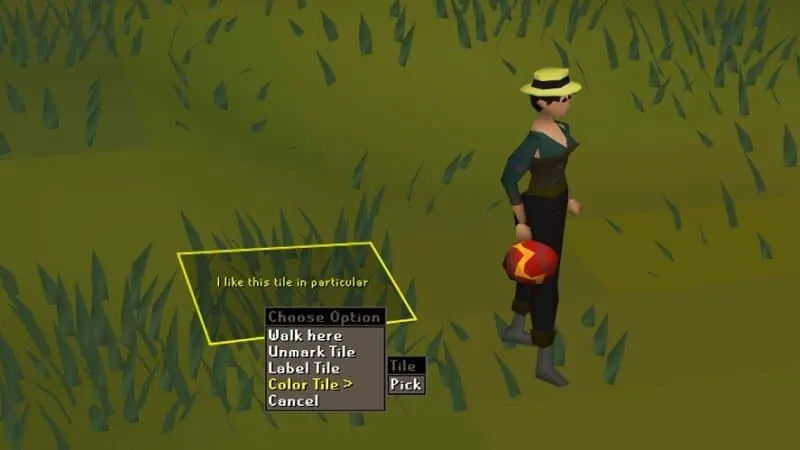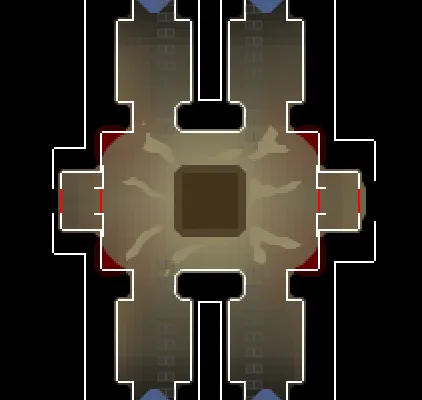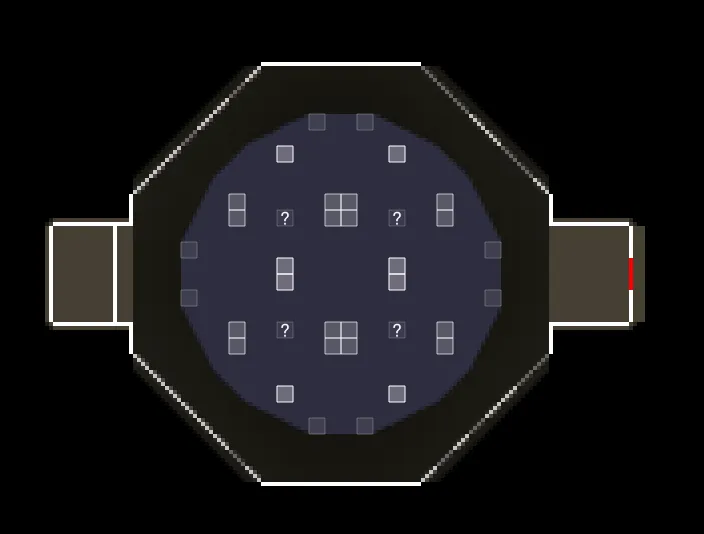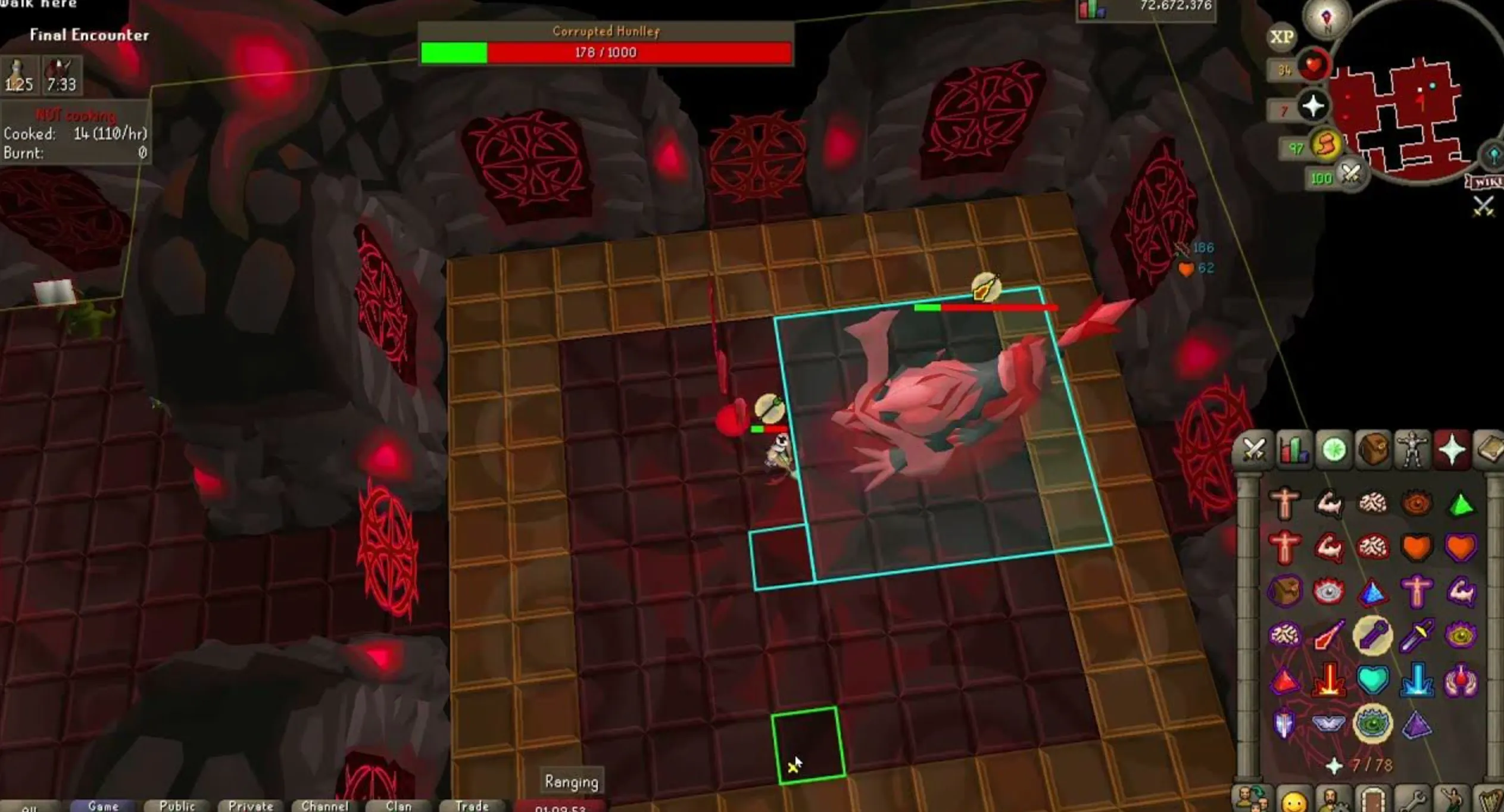Your cart is empty
OSRS Mobile Tile Markers Ultimate Guide

Old School RuneScape (OSRS) on mobile has transformed how players engage with Gielinor, bringing the classic MMORPG to your fingertips. Among the many features enhancing gameplay, tile markers stand out as a powerful tool for optimizing efficiency and precision. Whether you’re tackling complex boss mechanics, skilling, or navigating clue scrolls, tile markers on OSRS mobile can elevate your experience. This comprehensive guide explores everything you need to know about using tile markers on mobile, from setup to practical applications, ensuring you master this feature.
Tile markers are visual indicators players can place on the game’s grid-based map to highlight specific tiles. These markers help track positions, guide movements, or mark key locations, making them invaluable for various activities. On OSRS mobile, tile markers are accessible through plugins like RuneLite, which has become the go-to client for most players due to its customization options.
What Are Tile Markers?
Tile markers are customizable overlays that highlight individual tiles or areas in the game world. They come in different forms, such as single-tile markers, area markers, or path markers, each serving a unique purpose. For example, a single-tile marker might indicate where to stand during a boss fight, while an area marker could outline a safe zone.
Why Use Tile Markers on Mobile?
Playing OSRS on mobile introduces challenges like smaller screens and touch-based controls, which can make precise movements tricky. Tile markers simplify these tasks by providing visual cues, reducing the need for guesswork. They’re especially useful for:
- Combat: Positioning for boss mechanics like Vorkath’s acid pools.
- Skilling: Marking optimal spots for activities like mining or fishing.
- Quests and Clues: Highlighting dig spots or NPC locations.
Setting Up Tile Markers on OSRS Mobile

Getting tile markers working on your mobile device requires a few steps, primarily involving the RuneLite client, as the official OSRS mobile app doesn’t natively support this feature. Here’s how to set it up effectively.
Installing RuneLite on Mobile
RuneLite, an open-source client, offers a mobile version for Android and iOS. To use tile markers:
- Download RuneLite: Visit the official RuneLite website or trusted app stores to install the client.
- Log In: Use your OSRS credentials to access your account.
- Enable Plugins: Navigate to the plugin hub and activate the “Ground Markers” plugin, which powers tile markers.
Configuring the Ground Markers Plugin
Once the plugin is active, configuring it is straightforward:
- Access Settings: Open the plugin sidebar and select “Ground Markers.”
- Choose Marker Type: Select single tiles, areas, or paths based on your needs.
- Customize Colors: Assign distinct colors to differentiate markers (e.g., red for danger zones, green for safe spots).
- Save Profiles: Create profiles for different activities to switch markers quickly.
These settings sync across devices if you use RuneLite’s cloud backup, ensuring consistency between mobile and desktop.
Practical Applications of Tile Markers

Tile markers shine in their versatility, supporting a wide range of OSRS activities. Below are some of the most common and impactful ways to use them on mobile.
Boss Fight Precision
Bosses like Zulrah, Vorkath, and the Theatre of Blood require precise positioning to avoid deadly mechanics. Tile markers help by:
- Zulrah: Marking rotation-specific tiles for safe standing during poison clouds or snakelings.
- Vorkath: Highlighting tiles to dodge acid pools or position for Woox walking.
- Theatre of Blood: Indicating team positions for mechanics like Nylocas waves.
Skilling Efficiency
For skillers, tile markers streamline repetitive tasks:
- Mining: Mark high-yield rocks in areas like the Mining Guild.
- Fishing: Highlight optimal spots at Barbarian Fishing or Tempoross.
- Woodcutting: Tag specific trees in dense areas like the Woodcutting Guild.
These markers reduce misclicks on mobile’s smaller screen, saving time and boosting XP rates.
Clue Scroll Navigation
Clue scrolls often involve precise locations, especially for dig spots or emote clues. Tile markers simplify this by:
- Dig Spots: Pinpointing exact tiles for spade use.
- Emote Clues: Marking where to perform actions like dancing or clapping.
This eliminates trial and error, making clue hunting smoother on mobile.
Advanced Tile Marker Techniques
Once you’re comfortable with basic tile markers, you can explore advanced strategies to further enhance your gameplay.
Multi-Layered Markers for Complex Fights
Some encounters, like Chambers of Xeric, involve multiple mechanics happening simultaneously. Use layered markers to manage this:
- Color Coding: Assign different colors for each mechanic (e.g., blue for prayer switches, yellow for movement).
- Area Overlays: Highlight entire zones, like Olm’s crystal bomb areas, to visualize safe regions.
This approach keeps your screen uncluttered while providing clear guidance.
Sharing and Importing Marker Profiles
RuneLite allows players to share marker configurations, which is a game-changer for mobile users:
- Exporting: Save your marker setup as a file or text string via the plugin menu.
- Importing: Load community-shared profiles for popular activities like raids or bossing.
Websites and Discord communities often share pre-made marker sets, saving you setup time.
Dynamic Markers for Real-Time Adjustments
Some plugins extend tile markers with dynamic features:
- NPC Highlights: Pair tile markers with NPC indicators to track moving targets like Cerberus ghosts.
- Timer Integration: Sync markers with boss attack cycles for precise timing on mobile.
These require additional plugins but are manageable on modern smartphones.
Tips for Optimizing Tile Markers on Mobile
Using tile markers effectively on mobile requires some tweaks to account for touch controls and screen size. Here are practical tips to get the most out of this feature.
Adjusting Marker Visibility
Ensure markers are visible without overwhelming your screen:
- Opacity: Lower marker opacity to see underlying tiles clearly.
- Size: Use smaller markers for dense areas to avoid clutter.
Touch-Friendly Controls
Mobile’s touch interface can make placing markers tricky. Optimize your setup:
- Zoom Levels: Zoom in when placing markers for accuracy, then zoom out for gameplay.
- Menu Swapper: Use RuneLite’s Menu Entry Swapper to prioritize marker-related actions on long-press.
Battery and Performance Considerations
RuneLite’s features, including tile markers, can strain your device. To maintain smooth performance:
- Limit Plugins: Disable unused plugins to reduce CPU load.
- Low-Power Mode: Enable RuneLite’s low-detail mode for older devices.
| Activity | Marker Type | Recommended Use |
|---|---|---|
| Bossing | Single Tile | Mark safe spots or attack positions |
| Skilling | Area Marker | Highlight resource clusters |
| Clue Scrolls | Single Tile | Pinpoint dig or emote locations |
| Raids | Multi-Layered | Track multiple mechanics |
By tailoring tile markers to your playstyle and device, you’ll unlock their full potential, making OSRS mobile both efficient and enjoyable. Whether you’re a seasoned player or new to Gielinor, mastering tile markers will give you a competitive edge in every aspect of the game.

